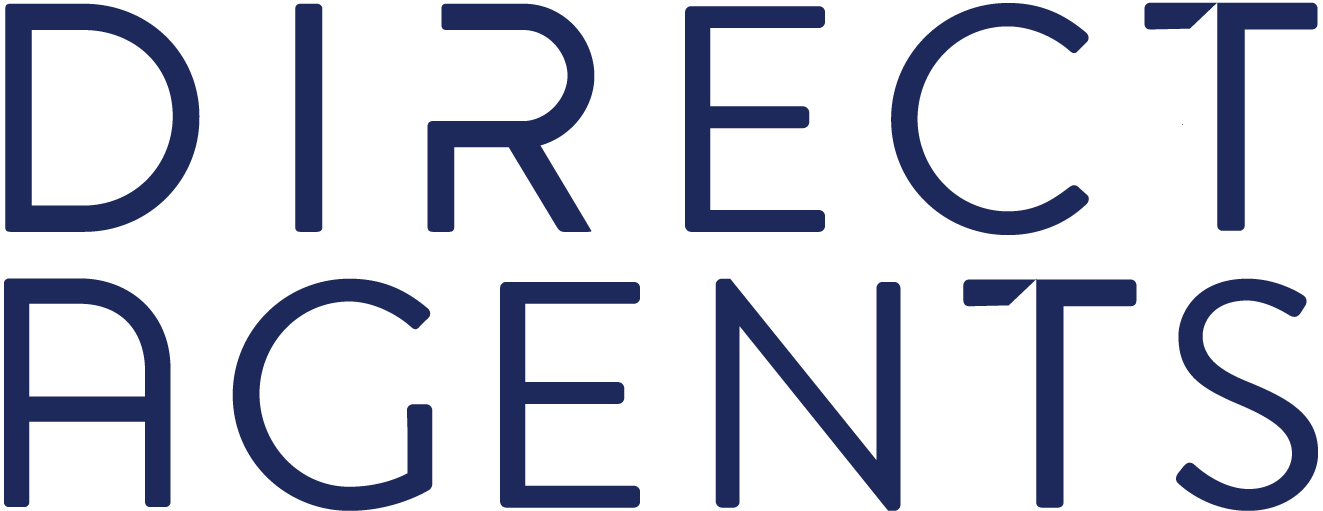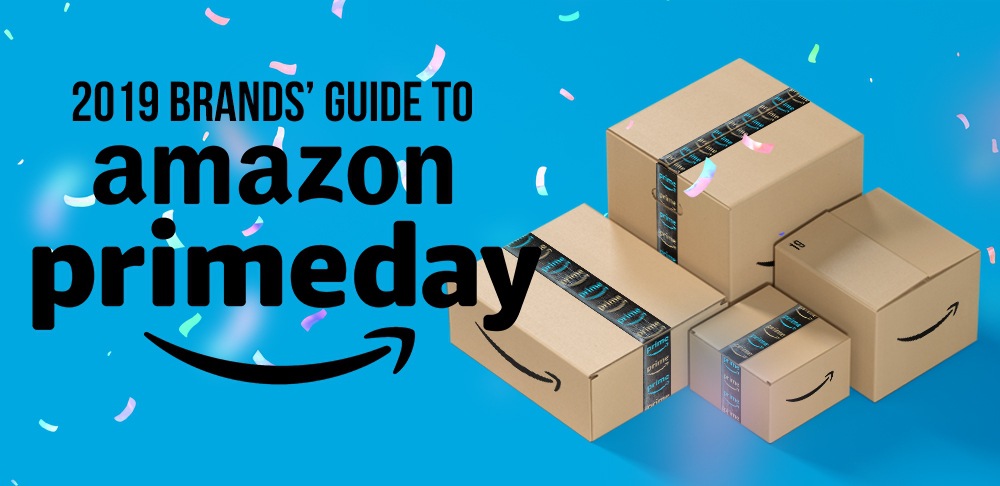Prime Day, Amazon’s biggest sales event of the year, is right around the corner! With more than 100 million purchased products, Amazon declared Prime Day 2018 the biggest shopping event in its history. 2019 looks like it’s going to surpass that record.
Prime Day 2019 will start after midnight on July 15th and will run through July 16th (a full 48 hours!). For all vendors and sellers advertising on Amazon, it’s imperative to have an effective strategy to maximize profits during the biggest shopping day of the year.
Product Strategy
Only the top-selling Amazon Standard Identification Numbers (ASIN) within your product catalog should be promoted on Prime Day. To ensure that this happens, your brand teams and marketing partner should review your seasonal and quarterly sales trends. By looking at your Amazon Retail Analytics and existing Amazon Marketing Services (AMS) campaigns, they will be able to recommend products that consistently see a top share of voice, organic purchase volume, and Return on Investment. You’ll also want to make sure you’re prepared and have sufficient inventory for the ASINs that will be on sale.
SEO Strategy
To be successful on Prime Day, your brand needs a holistic strategy that covers all of your bases, starting with the foundation of your product pages. By Prime Day, you should have completed testing to identify the optimal product detail page layout. This layout should resonate with consumers and convert easily. It’s crucial for brands to consider optimizing discoverability through titles, descriptions, and backend keywords and to create copy that converts. Your brand cannot efficiently scale its Amazon performance through paid efforts if product detail pages are not optimized for conversions.
Leveraging the creative aspects of your brand can be the factor that differentiates your business from the competition and improves conversion rates. Ensure that your imagery and A+ or Enhanced Brand Content (EBC) are customized and benefit-focused.
- Products should include five images, minimum. While the most obvious use of this space is to display the featured product, brands should consider different ways to utilize this space for optimization. Some ideas to consider are: add a lifestyle image and video for consumers to visualize the product in use, highlight the important information the consumer should see first, and utilize empty space, like the top of fold within photos, to amplify attributes.
- Enhanced Brand Content and A+ Pages have been shown to improve sales by 3 to 10% on average. It’s critical to create custom content that showcases benefits and unique selling factors that are useful to the shopper. Because EBC and A+ are highly visual vehicles, your copy should be short and sweet in order to let the visual experience take the wheel.
Brands need to prepare for the influx of traffic that will be looking for the best deals on Prime Day. The most effective way to keep consumers shopping for your brand is through your storefront. Amazon storefronts were created to help establish an “in-store shopping experience” online and are a great way to increase Average Order Value. Because of this, it’s important to capitalize on product spotlights and deal pages.
- Product spotlights allow consumers to add an item to their cart with just one click. By minimizing the number of steps it takes to convert, users may be more likely to complete their purchase. Additionally, sales badges are displayed in the corner of these spotlights to incentivize purchases. Don’t pass up this opportunity to improve your sales and promote your deals.
- Creating a “Deals” page directly off your storefront will attract users who are looking for the best sale. Grouping all of your Prime Day deals in one spot creates a one-stop shop for the deal-seeking consumer. Take advantage of this feature by organizing your sales page with high-converting products, and ensure that your storefront is optimized for mobile use.
AMS Strategy
While Product and SEO strategy are key factors, AMS amplification is the single biggest way to guarantee vendors and sellers are maximizing their sales velocity volume during Prime Day. When thinking about Prime Day strategy, there is a tendency to focus on this one day. Instead, consider approaching your strategy with a 31-day plan. Throughout July, divide the month into three phases: Pre, During, and Post. Ideally, your campaigns will launch 14 days before Prime Day so they can build relevance in Amazon’s algorithm. This will allow you to capitalize on the uptick in traffic while giving yourself some control over the cost per click (CPC) you need to remain competitive. To ensure your campaigns are structured and optimized to meet the growing demand and competition, consider implementing these best practices across your AMS campaigns:
1. Pre-Prime Day – Promote Deals to Researching Audiences (7/1-7/14)
- Work with your team to establish appropriate bid and spend levels based on the following four phases: Current, Pre-Prime Day, Prime Day, and Post Prime Day. Create and save separate documents for easy reference when targeting bids in each phase
- Create Sponsored Products Campaigns for each deal running and test all deal ASINs
- Set up Sponsored Brands Campaigns by product line and point directly to the Store Page
- For High Volume ASIN accounts, it is best to group your deal ASINs into categories and run automatic campaigns. Lower volume ASIN accounts can be built into separate campaigns with targeted keywords to ensure the high visibility of your deals
- Add supplemental ASIN targeting campaigns to increase visibility with customers searching for competitor products
- Consider utilizing categorical targeting to ensure broad visibility across competitive and complementary categories
2. Prime Day – Convert Brand-Aware Audiences to Purchase your Products (7/15-7/16)
- Increase Daily budgets and bids by 2-3X to remain competitive
- Check the user interface (UI) throughout the day to confirm bids are competitive
- Utilize top-of-search and product page bid multipliers, up to 100%, to capitalize on above-the-fold real estate
3. Post-Prime Day – Re-engage your Audiences at Scale (7/16-7/31)
- Allow top-performing campaigns to continue to run for 10 to 14 days
- Roll out your Post Prime Day bulk sheet with bids slightly higher than Pre-Prime Day
- Utilize the Amazon Demand-Side Platform’s (DSP) new targeting beta to build your own retargeting pools. This will engage all prospects who visited your store pages and product detail pages, as well as relevant searches
- If you have Post Prime Day deals that launch after 7/16, make sure you’ve had campaigns highlighting these ASINs active for at least two weeks. This will ensure that they are relevant and won’t lose priority in Amazon’s algorithm
With Prime Day 2019 quickly approaching, now is the time to analyze and optimize your Amazon strategy. In order for your brand to be successful and maximize profits on the biggest shopping day of the year, your product, SEO, and AMS strategies need to be thoughtful and effective. By following the tactics listed above, your brand will be one step closer to seeing greater results during, and post, Prime Day 2019.
If you have any questions or would like help with your Amazon solution, please reach out to us at [email protected].


